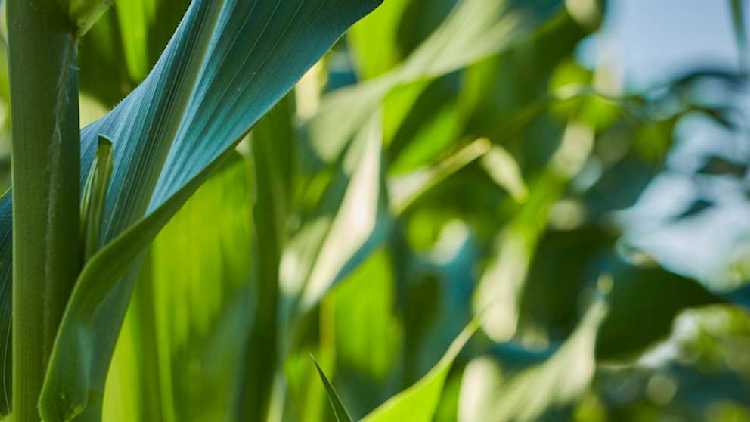Real-time cost of production

Determining farm business profitability requires precise cost of production numbers, but there’s still work to do when it comes to accurate costing.
Darren Bond, farm management specialist with Manitoba Agriculture and Resource Development, finds that most crop farm operators are calculating their costs of production annually.
“They’ll calculate potential profitability to make crop rotation decisions and forecast potential cash flow requirements,” Bond says. How often partly depends on the type of operation they’re running.
“A poultry operation that turns over its broilers every eight weeks will be conducting more frequent reviews and actuals than a grain operation producing an annual crop,” says Leigh Anderson, senior economist at FCC.
Variables
Changing variables are other key factors that can affect cost of production.
Fixed costs and land have seen increases, especially for those who have expanded their operations.Bond has seen large increases in seed, fertilizer and pesticide costs over the past few years. The cost of parts and repairs to farm machinery have also gone up.
“Fixed costs and land have seen increases, especially for those who have expanded their operations,” Bond says.
The Canadian dollar’s value is another factor to monitor as it impacts revenues and expenses. A lower Canadian dollar (CAD) value compared to the U.S. dollar supports commodity prices that Canadian farm operators receive since globally traded agricultural commodities trade in U.S. currency. However, a higher CAD helps offset higher prices on new equipment and farm inputs imported from the U.S.
Prices of commodities have seen the largest changes, making it difficult for farm operators to create accurate projections.
“This is the current challenge, to create costs of production and profitability projections that are realistic and aren’t too optimistic,” Bond says.
Overly optimistic projections lead to spending decisions that aren’t supported by what’s really happening on the farm and could lead to overextending on costs and investments.
Real-time costing
Anderson notes technology has improved to the point where farms can get real-time data from their equipment during fieldwork on what their actual costs are. This allows them to know exactly what their break-even costs are and what break-even price per bushel or yield they need to cover their costs.
Updating yield expectations throughout the growing season is a major part of maintaining real-time costing.
Yield can be the biggest variable for crop producers, and it’s important to be realistic about your estimates, Bond says. “Using an unrealistic yield can make profitability appear better than what’s actually out there, leading to poor decision-making.”
This more rigorous approach to calculating costs of production ensures greater accuracy and usefulness in real-time costing, Bond says.
From an AgriSuccess article by Richard Kamchen.
